Tambor/Gar Class
Design and Construction Notes
Maintaining the construction trend that had started with the Porpoise class, the Tambor/Gars were divided up for construction between the Portsmouth Navy Yard (four boats), Electric Boat (six boats), and the Mare Island Navy Yard (two boats). Based on repeated calls by the Submarine Officers Conference for a heavier armament, these boats were equipped with six bow and four stern 21" torpedo tubes, carrying a total of 24 torpedoes. For gun armament, they were built with a 3"/50 caliber Mk 17 gun and one or two M2 .50 caliber water cooled machine guns. Starting in the summer of 1942, six of these boats (Tambor, Thresher, Tuna, Gar, Grayback, and Grayling) were refitted to carry a much larger and more powerful 5"/51 caliber Mk 9 gun, located on an expanded sponson on the aft deck. Three of the guns had been originally installed on the earlier Barracuda-class fleet boats, the other three were production spares. Gun armament varied considerably during the war, with the boats that did not get the big gun getting a 4"/50 caliber Mk 9 gun, taken mostly from older S-boats.
These boats were in the thick of the fight against the Japanese from the first day of the war. Seven of them (marked by a *) and their brave crews were lost in action and are considered to be "on eternal patrol".
As with all of the pre-war built fleet submarines, once the war started their external appearance was heavily modified as experience was gained. These changes came fast and often, and it is easy to be confused by it all. The authors highly recommend that you read the Visual Guide article posted here.
Special Note... PigBoats.COM normally adheres to a 1940 date for a boat to be included on these pages. We are making a small exception here. We will include all twelve of the Tambor/Gar class boats for continuity purposes even though Grayback and Gudgeon technically fall outside of that date window.Tambor (SS-198)

Tautog (SS-199)
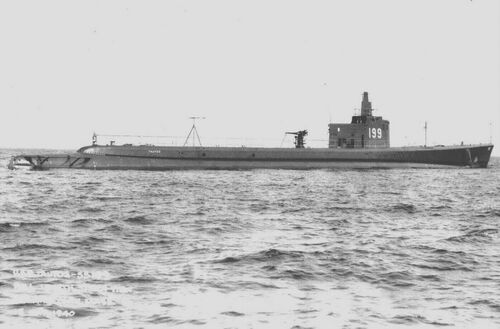
Thresher (SS-200)
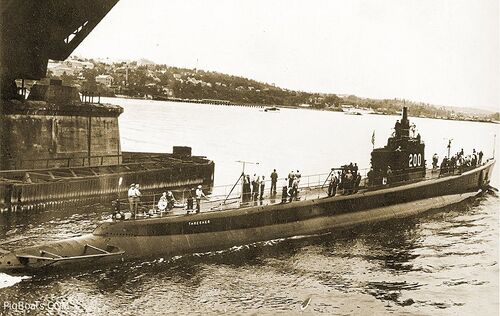
Triton (SS-201)*
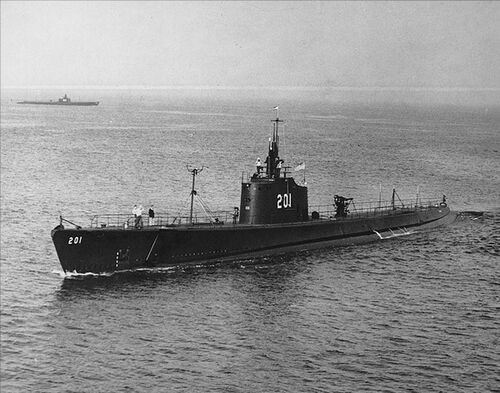
Trout (SS-202)*
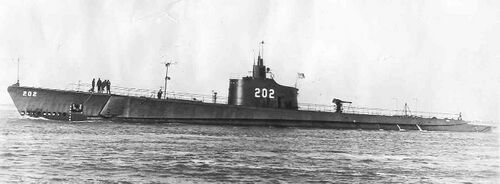
Tuna (SS-203)

Gar (SS-206)
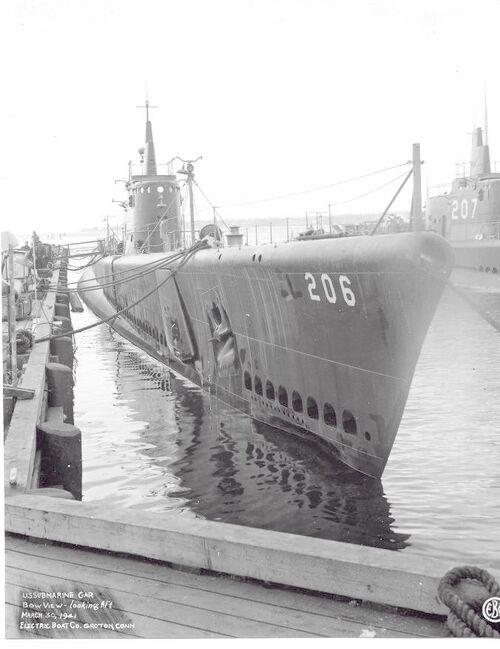
Grampus (SS-207)*

Grayback (SS-208)*
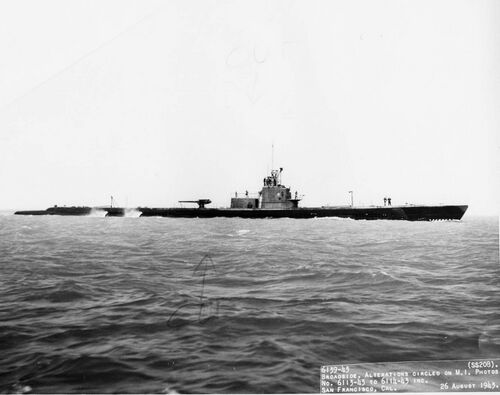
Grayling (SS-209)*
Grenadier (SS-210)*
Gudgeon (SS-211)*
Page created by:
Ric Hedman & David Johnston
1999 - 2023 - PigBoats.COM©
Mountlake Terrace, WA, Norfolk, VA
webmaster at pigboats dot com
